Tire Size 275/65r20 vs 305/55r20
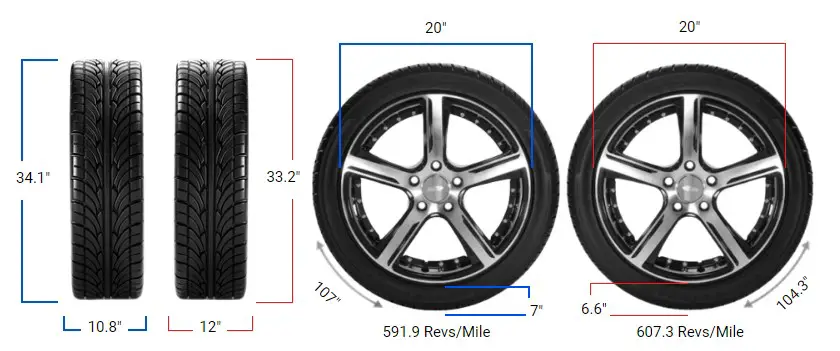
Considering a switch from 275/65R20 to 305/55R20 tires? This change offers a wider tread for improved traction, but comes with some trade-offs. Here are the top 5 key points of switching from 275/65r20 to 305/55r20 tires:
- Wider tread for improved traction and stability
- Slightly lower profile may result in a firmer ride
- Minor decrease in overall diameter affects ground clearance
- Potential for better cornering performance
- Small impact on speedometer accuracy and fuel efficiency
275/65r20 vs 305/55r20 Table
The most significant change when switching from 275/65R20 to 305/55R20 tires is the width increase of 1.18 inches (30 mm).
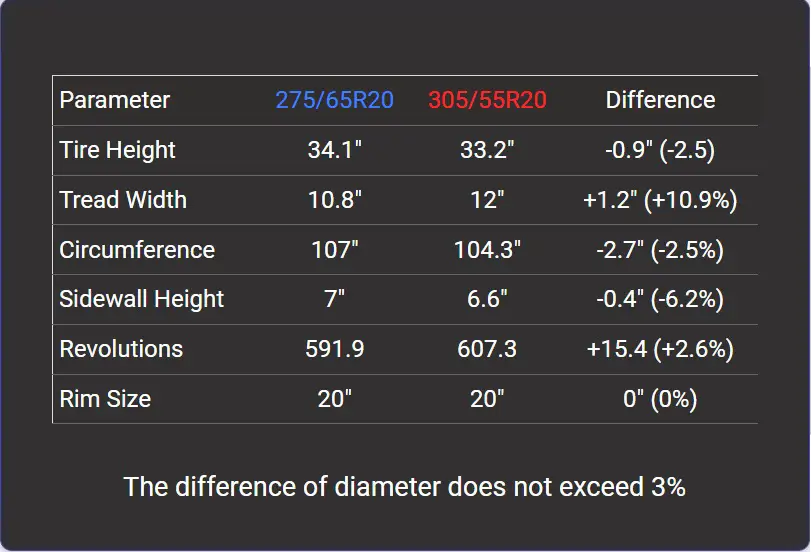
Fitment Guide
When considering tire size changes, it’s crucial to stay within plus or minus 3% of the original tire’s overall diameter. In this case:
- Original size (275/65R20): 34.07 inches diameter
- New size (305/55R20): 33.21 inches diameter
- Difference: -0.87 inches (-2.5%)
This 2.5% decrease falls within the acceptable range, making the switch feasible without major modifications. However, it’s essential to check for potential rubbing or clearance issues, especially when turning or under load.
On-Road Impact
Switching to 305/55R20 tires can noticeably affect your vehicle’s on-road performance. Here’s what you can expect:
- Traction and Handling: The wider tread offers improved grip on dry roads, enhancing cornering stability and braking performance. However, this may come at the cost of reduced hydroplaning resistance in wet conditions due to the decreased aspect ratio.
- Ride Comfort: The lower profile of the 305/55R20 might result in a slightly firmer ride. The reduced sidewall height (6.6 inches vs. 7.04 inches) provides less cushioning against road imperfections.
- Fuel Efficiency: The wider tires may increase rolling resistance, potentially leading to a minor decrease in fuel economy. However, the impact is often negligible in real-world driving conditions.
- Speedometer Accuracy: The 2.5% decrease in overall diameter will cause your speedometer to read slightly higher than your actual speed. At 20 mph, your true speed will be about 19.49 mph. While this difference is small, it’s worth noting for long trips or when precision is crucial.
- Aesthetics: The wider, lower-profile tires can give your vehicle a more aggressive look, which many find appealing. This change is particularly noticeable on larger vehicles like trucks and SUVs.
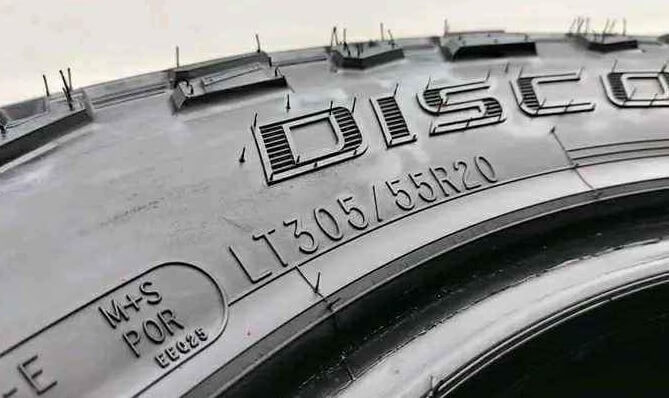
Off-Road Impact
For those who venture off the beaten path, the tire switch will also affect off-road performance:
- Traction: The wider footprint of the 305/55R20 tires can provide better traction in loose surfaces like sand or gravel. However, in mud or deep snow, the wider tread might be more prone to floating rather than digging in.
- Ground Clearance: The slight decrease in overall diameter (-0.87 inches) will reduce your ground clearance by about 0.44 inches. While this may seem minor, it could make a difference in extreme off-road situations.
- Rock Crawling: The lower profile tires offer less sidewall flex, which can be a disadvantage when rock crawling or navigating over large obstacles. This reduced flexibility may also increase the risk of sidewall damage in rough terrain.
- Flotation: In soft surfaces like sand, the wider tires can provide better flotation, helping to prevent sinking and maintain forward momentum.
- Durability: The lower profile of the 305/55R20 tires may make them more susceptible to damage from rocks and other off-road hazards. Extra caution may be needed when traversing rough terrain.
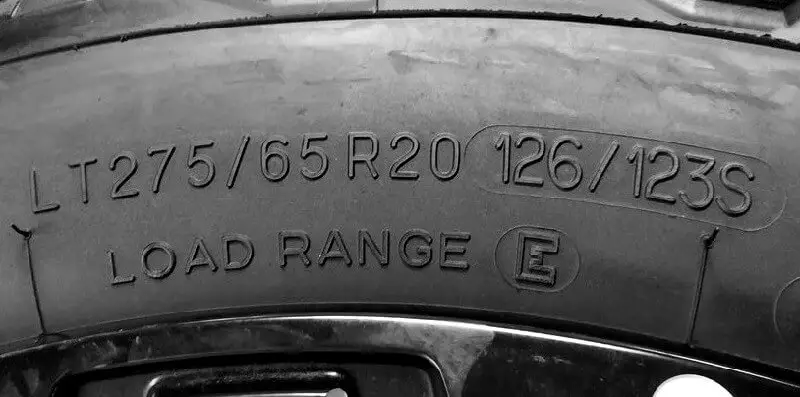
What is the Difference Between 275/65r20 and 305/55r20?
The main difference between 275/65r20 and 305/55r20 tires is their width. The 305/55r20 tire is significantly wider, measuring 12.01 inches (305 mm) compared to the 275/65r20’s width of 10.83 inches (275 mm).
This represents a substantial increase of 1.18 inches (30 mm) or 10.9%. The wider profile of the 305/55r20 tire provides a larger contact patch with the road, which can improve traction and stability, especially in dry conditions.
However, this width increase may also affect fuel efficiency and potentially require modifications to ensure proper fitment on some vehicles.
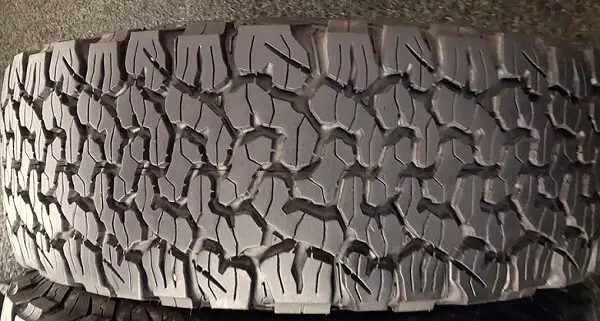
Can I Use 305/55r20 Instead of 275/65r20?
Yes, you can use 305/55r20 tires instead of 275/65r20 tires. The overall diameter difference between these two sizes is within the recommended 3% tolerance. Specifically, the difference is -2.5%, which falls within the acceptable range for tire replacement.
However, it’s important to ensure that the wider 305/55r20 tire will fit your vehicle without causing any rubbing or clearance issues, especially when turning or under load. Always consult your vehicle’s manual or a professional to confirm compatibility.
How Much Taller Is a 275/65r20 Tire Than a 305/55r20?
The 275/65r20 tire is actually taller than the 305/55r20 tire. The difference in height is 0.87 inches (22 mm), with the 275/65r20 having a diameter of 34.07 inches (865.5 mm) compared to the 305/55r20’s diameter of 33.21 inches (843.5 mm). This means the 275/65r20 tire is about 2.5% taller than the 305/55r20 tire.
How Much Wider is a 305/55r20 Tire Than a 275/65r20?
The 305/55r20 tire is 1.18 inches (30 mm) wider than the 275/65r20 tire. The 305/55r20 has a width of 12.01 inches (305 mm), while the 275/65r20 has a width of 10.83 inches (275 mm).
This represents a 10.9% increase in width, which is a significant difference that can affect vehicle performance, handling, and appearance.
Our Observation
Switching from 275/65R20 to 305/55R20 tires offers a mix of benefits and trade-offs. The wider tread enhances on-road traction and stability, particularly in dry conditions, while also improving the vehicle’s appearance.
Off-road, these tires excel in providing better flotation on soft surfaces. However, the lower profile may result in a slightly firmer ride and reduced flexibility for extreme off-roading.
The minimal impact on speedometer accuracy and fuel efficiency makes this switch generally seamless for daily driving. While the decrease in ground clearance is small, it’s a factor to consider for serious off-road enthusiasts.
Overall, this tire change can be a worthwhile upgrade for those seeking improved on-road performance and a bolder look, with minimal compromises for occasional off-road use.

Meet Caitlin McCormack, a Tire Size Expert and Blogger Passionate About Everything Related to Tires. With Years of Experience in the Tire Industry, Caitlin Has Become an Expert in Tire Sizes and Their Impact on Vehicle Performance.
